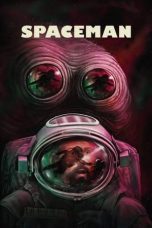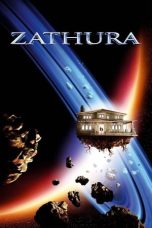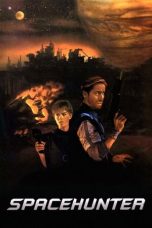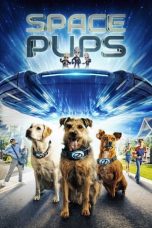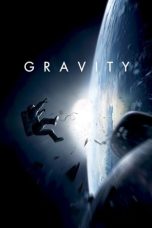- Source: Institute of Space and Astronautical Science
Institute of Space and Astronautical Science (宇宙科学研究所, Uchū Kagaku Kenkyūsho), or ISAS, is a Japanese national research organization of astrophysics using rockets, astronomical satellites and interplanetary probes which played a major role in Japan's space development. Established as part of the University of Tokyo in 1964, the institute spun off from the university to come under direct purview of the Ministry of Education. Since 2003, it is a division of Japan Aerospace Exploration Agency (JAXA).
History
The ISAS originated as part of the Institute of Industrial Science of the University of Tokyo, where Hideo Itokawa experimented with miniature solid-fuel rockets (Pencil Rocket and Baby Rocket) in the 1950s. This experimentation eventually led to the development of the Κ (Kappa) sounding rocket, which was used for observations during the International Geophysical Year (IGY). By 1960, the Κ-8 rocket had reached an altitude of 200 km.
In 1964, the rocket group and the Institute of Aeronautics, along with scientific ballooning team, were merged to form Institute of Space and Aeronautical Science (宇宙航空研究所, Uchū kōkū kenkyūjo) within the University of Tokyo. The rocket evolved into the L (Lambda) series, and, in 1970, L-4S-5 was launched as Japan's first artificial satellite Ohsumi.
Although Lambda rockets were only sounding rockets, the next generation of M (Mu) rockets was intended to be satellite launch vehicles from the start. Beginning in 1971, ISAS launched a series of scientific satellites to observe the ionosphere and magnetosphere. Since the launch of Hakucho in 1979, ISAS has had X-ray astronomy satellites consecutively in orbit, until it was briefly terminated by the launch failure of ASTRO-E.
In 1981, as a part of university system reform, and for the mission expansion, ISAS was spun out from University of Tokyo as an inter-university national research organization, Institute of Space and Astronautical Science.
ISAS was responsible for launching Japan's first interplanetary probes, Sakigake and Suisei, to Halley's Comet in 1985. It also launched Hiten, Japan's first lunar probe, in 1990. The Nozomi probe was launched in 1998 in an attempt to orbit Mars, but the spacecraft suffered system failures and was unable to enter orbit. In 2003, ISAS launched the Hayabusa spacecraft, the first asteroid sample return mission in the world.
Later in 2003, three national aerospace organizations including ISAS were merged to form Japan Aerospace Exploration Agency (JAXA). The English name Institute of Space and Astronautical Science is still used, although the Japanese name was changed to 宇宙科学研究本部 (literally, Space Science Research Division, whereas the previous name's literal translation was Space Science Laboratory). In 2010, the name was changed back to the previous Uchū kagaku kenkyūjo (宇宙科学研究所). Under JAXA, ISAS continues to be responsible for space-based astronomy, and lunar and planetary exploration missions.
List of spacecraft by ISAS
Launch failures, cancelled projects, proposals etc. are not listed.
= Before establishment of JAXA
== After establishment of JAXA
== Future missions
=See also
Comet Interceptor, a Europe-led mission with contributions from ISAS
HIMES
IKAROS, a solar sail spacecraft
Lunar Polar Exploration Mission, a future lunar lander
OMOTENASHI, a planned lunar lander
PROCYON and EQUULEUS, deep space probes developed with University of Tokyo
Reusable Vehicle Testing
SELENE-2
SFU, a joint mission with NASDA
References
External links
Official website
From Pencil to M-V — History of Rocket Development - Official JAXA YouTube Channel (in Japanese)
Kata Kunci Pencarian:
- Space Flyer Unit
- Suisei (pesawat luar angkasa)
- Nozomi (pesawat luar angkasa)
- Tenma
- Program antariksa Jepang
- NASDA
- Hideo Itokawa
- Wahana peluncur berdaya angkat ringan
- Hiten
- HALCA
- Institute of Space and Astronautical Science
- National Space Development Agency of Japan
- Japanese space program
- S-Series (rocket family)
- ISAS (disambiguation)
- Yasuo Tanaka (astronomer)
- Lambda (rocket family)
- Suisei (spacecraft)
- Mu (rocket family)
- Takao Doi
Mickey Mouse Clubhouse: Space Adventure (2011)
Big City Greens the Movie: Spacecation (2024)
Zathura: A Space Adventure (2005)
WWII From Space (2012)
Gravity (2013)
Moonraker (1979)
No More Posts Available.
No more pages to load.



